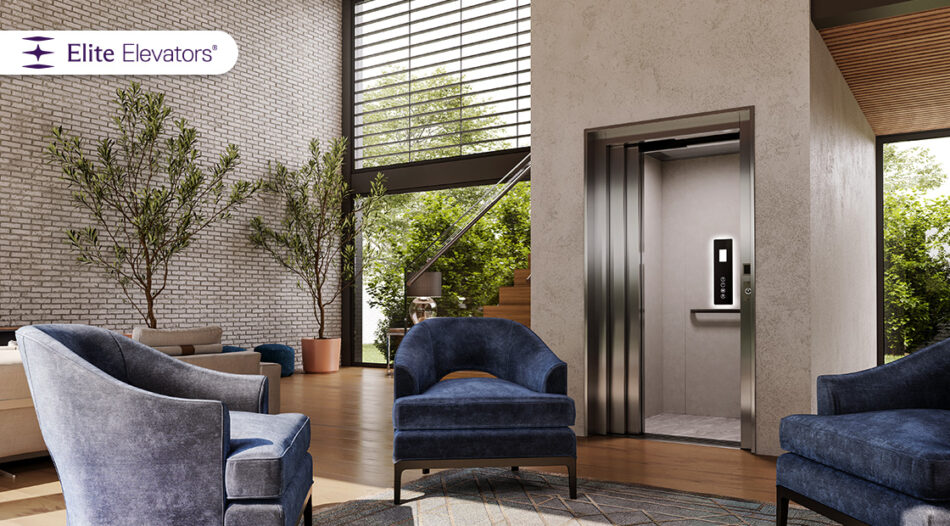Home elevators are becoming increasingly popular in Malaysia, offering convenience, luxury, and accessibility to homeowners. However, one of the most common questions potential buyers ask is: How much does a home elevator cost in Malaysia?
The cost of a home elevator depends on several factors, including the type of elevator, customization, installation requirements, and maintenance. In this article, we’ll break down the key factors that influence home elevator pricing in Malaysia to help you make an informed decision.
1. Type of Home Elevator
The type of elevators you choose significantly affects its cost. Here are the main types available in Malaysia:
1.1 Hydraulic Elevators
- Cost: Moderate to High
- Features: Uses hydraulic pistons and requires a machine room.
- Pros: Smooth ride, higher weight capacity.
- Cons: Requires additional space for machinery.
1.2 Traction Elevators
- Cost: Moderate to High
- Features: Operates with a counterweight and does not require a machine room.
- Pros: Energy-efficient, smooth ride.
- Cons: May need a deeper pit and overhead space.
1.3 Pneumatic Elevators
- Cost: High
- Features: Vacuum-powered, compact design.
- Pros: No pit or machine room required, space-saving.
- Cons: Lower weight capacity, higher initial cost.
1.4 Screw-Driven Elevators
- Cost: Moderate
- Features: Uses a screw-driven system for lifting.
- Pros: Reliable, requires minimal maintenance.
- Cons: Can be slower compared to other types.
2. Customization and Features
The level of customization can significantly influence the price of a home elevator in Malaysia. Some of the common customization options include:
2.1 Cabin Design and Materials
- Standard cabins are more affordable.
- High-end materials like glass, stainless steel, and wood paneling increase costs.
2.2 Smart Technology Integration
- Features such as touchless controls, voice activation, and smartphone connectivity add convenience but also increase the price.
2.3 Door Configuration
- Automatic doors cost more than manual ones.
- Glass doors enhance aesthetics but are more expensive than standard metal doors.
2.4 Safety Features
- Emergency brakes, battery backup, and intercom systems ensure safety but may add to the total cost.
3. Installation and Structural Modifications
Installing a home elevator may require modifications to your home, which impacts the overall cost.
3.1 New Construction vs. Retrofitting
- New Construction: It’s easier and more cost-effective to incorporate an elevator during the design phase of a new home.
- Retrofitting: Installing an elevator in an existing home requires structural modifications, which can significantly increase costs.
3.2 Space Requirements
- Some elevators, like pneumatic lifts, require minimal space.
- Others, such as hydraulic lifts, need a dedicated machine room.
3.3 Compliance with Malaysian Building Codes
- Elevators must adhere to DOSH (Department of Occupational Safety and Health) Malaysia regulations.
- Ensuring compliance may involve additional costs for inspections and approvals.
4. Number of Floors and Travel Height
The total height the elevator needs to travel and the number of floors it serves also impact pricing.
4.1 Single-Floor vs. Multi-Floor Elevators
- Elevators servicing two floors are more affordable than those spanning three or more floors.
- More floors require additional stops, longer rails, and increased motor power, leading to higher costs.
4.2 Pit and Overhead Clearance
- Some models require a pit and additional overhead space.
- Low-pit or pitless designs tend to be costlier due to specialized engineering.
5. Brand and Manufacturer
Different brands and manufacturers offer varying price points based on their reputation, technology, and warranty coverage.
5.1 International vs. Local Brands
- International brands (such as Otis, Schindler, and TK Elevator) tend to be more expensive due to higher-quality engineering and imported parts.
- Local brands or Chinese-manufactured elevators may offer lower prices but might lack long-term reliability.
5.2 Warranty and After-Sales Support
- Extended warranty and 24/7 customer support services contribute to long-term cost savings but may come with a higher upfront price.
6. Maintenance and Operating Costs
Beyond the initial purchase price, ongoing maintenance and operational costs should be considered.
6.1 Annual Maintenance Contracts (AMC)
- Most manufacturers recommend an annual service contract to ensure smooth operation.
- AMC costs vary depending on the elevator type and brand.
6.2 Energy Consumption
- Pneumatic and traction elevators are generally more energy-efficient than hydraulic lifts.
- LED lighting, regenerative drives, and energy-saving motors help reduce electricity bills.
6.3 Spare Parts and Repairs
- Imported elevators may have higher spare parts costs.
- Availability of parts in Malaysia should be considered to avoid long downtimes.
7. Estimated Home Elevator Costs in Malaysia
While exact prices vary, here’s a general estimate of home elevator cost in Malaysia:
| Type of Elevator | Estimated Cost (MYR) |
|---|---|
| Hydraulic Elevator | RM 80,000 – RM 150,000 |
| Traction Elevator | RM 70,000 – RM 140,000 |
| Pneumatic Elevator | RM 100,000 – RM 200,000 |
| Screw-Driven Elevator | RM 60,000 – RM 120,000 |
Note: Prices may vary based on customization, installation complexity, and brand choice.
Conclusion
The cost of installing a home elevator in Malaysia depends on multiple factors, including the type of elevator, customization, installation complexity, and maintenance costs.
When choosing a home elevator, it’s crucial to consider both the upfront investment and long-term expenses to ensure you get the best value for your money.
If you’re looking for a reliable home elevator provider in Malaysia, consider getting quotes from multiple suppliers and checking for warranty coverage, after-sales service, and compliance with safety regulations.








